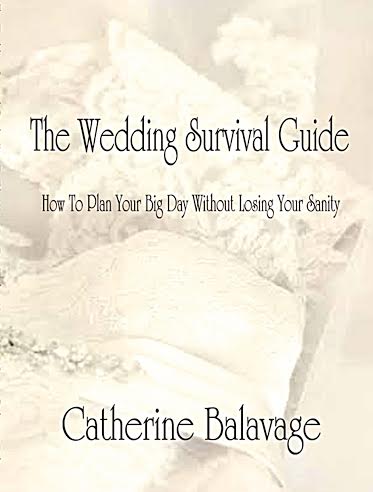 A miscarried pregnancy can be a devastating experience. The woman has already experienced pregnancy – nausea, swollen, tender breasts, just ‘feeling pregnant’. The couple are sharing a cosy, exciting secret – visualising their anticipated offspring, they may well have chosen some names.
A miscarried pregnancy can be a devastating experience. The woman has already experienced pregnancy – nausea, swollen, tender breasts, just ‘feeling pregnant’. The couple are sharing a cosy, exciting secret – visualising their anticipated offspring, they may well have chosen some names.
Then, abruptly, hopes are shattered. It can happen in several ways – sometimes there is bleeding, cramping pain, the woman may just not feel pregnant anymore, an ultrasound scan may show that the baby has stopped growing, or there is no heart-beat.
However it happens, both partners usually feel devastated.
And yet, approximately a fifth of pregnancies end as early miscarriages, meaning during the first three months. Sometimes the woman didn’t know she was even pregnant, just experiencing a ‘late period’, other times the couple are very aware, and can experience deep pain and loss.
The baby frequently has a serious genetic/chromosomal abnormality in these cases, and would have been incapable of surviving.
An early miscarriage is usually a one-off event, and the next pregnancy will be successful. However, if it happens during the first one, the couple may feel uncertain whether they can have a child. Nothing will convince them except a subsequent normal birth.
A few couples (around 1%) have recurrent miscarriages – defined as at least three in a row. Even then, three-quarters of these will eventually have a normal baby.
A few unfortunate couples may never succeed – possibly due to a particular genetic problem, but often a reason isn’t found, and it is very upsetting.
Late miscarriages – during the middle third of pregnancy, are less common (only one pregnancy in fifty), and may be due to illness in the mother, or womb or cervix abnormalities. Depending on the cause, treatment may be possible for future pregnancies.
So what if you have an early miscarriage? Firstly, nobody is to blame. Too much exercise, stress, or having sex, for example, do not cause miscarriage. Healthy pregnancies are pretty resilient.
The pregnancy tissue may be lost naturally, through your vagina. However, the hospital may suggest removing any remnants, using a gentle vacuum under anaesthetic. This prevents possible infection, which can be serious, and could compromise future pregnancies.
The experience can impact both partners for a considerable time. The woman experiences physical changes, and both are affected emotionally. The man sees the distress of his partner, and feels he should be the strong one, and yet he is suffering too.
It is important to talk, and grieve together, and, if possible, to share with close friends and family. People can appear to forget very quickly, or don’t even know you’ve had a miscarriage. They expect you to be ‘back to normal’ and don’t always understand your continuing pain.
Specialists and groups are available should you experience difficulty in getting through the grief.
Importantly, don’t forget, if you have had a miscarriage, you are highly likely to have a successful pregnancy next time.
Useful information sites:
http://www.nhs.uk/conditions/miscarriage/Pages/Introduction.aspx
http://www.babycentre.co.uk/a252/understanding-miscarriage
These articles express personal views. No warranty is made as to the accuracy or completeness of information given and you should always consult a doctor if you need medical advice.










